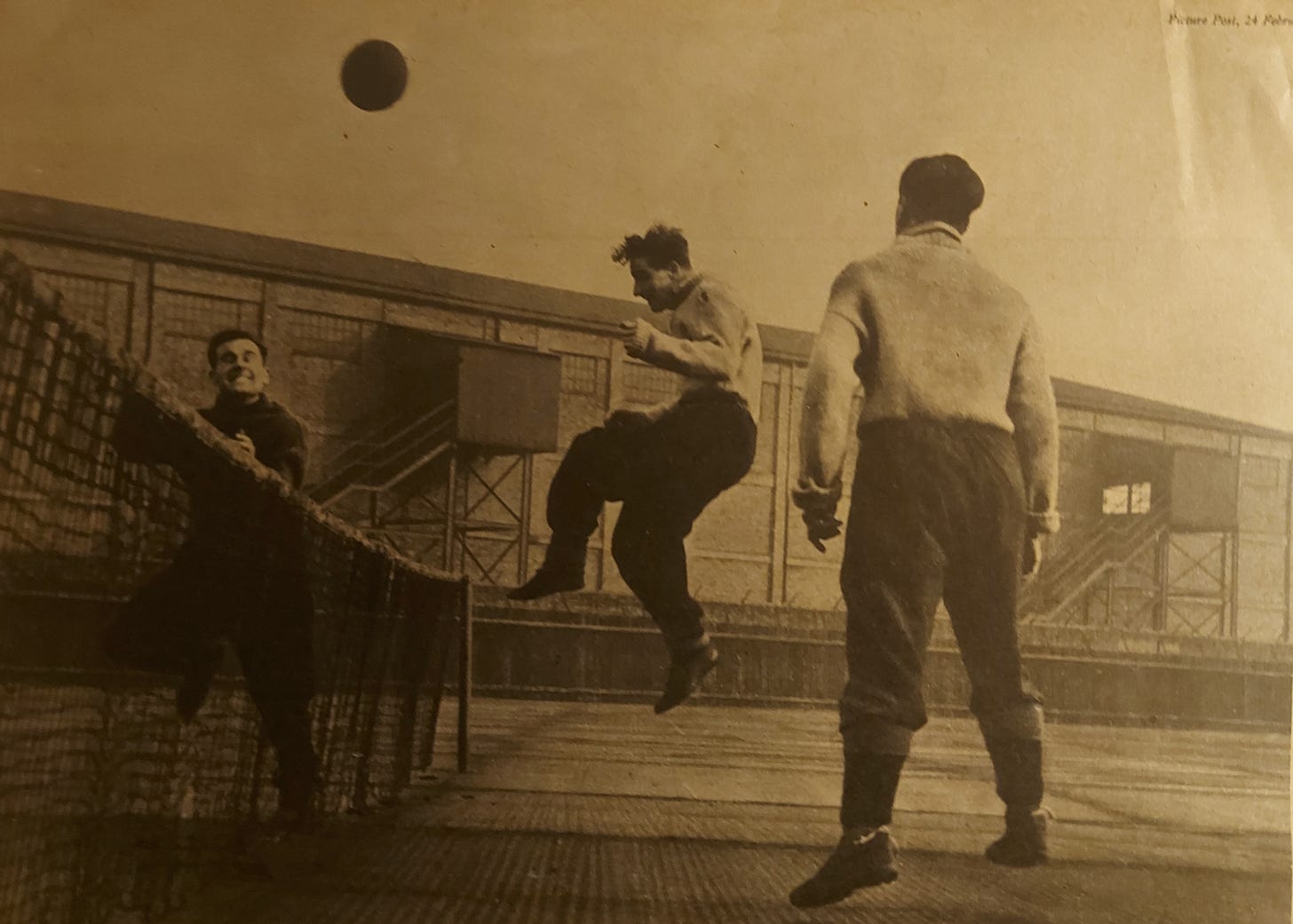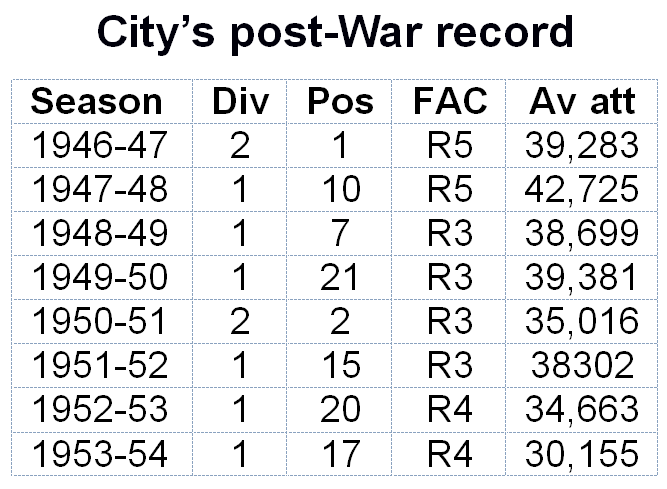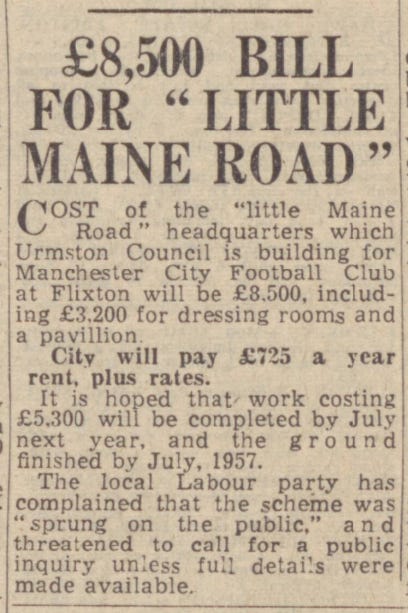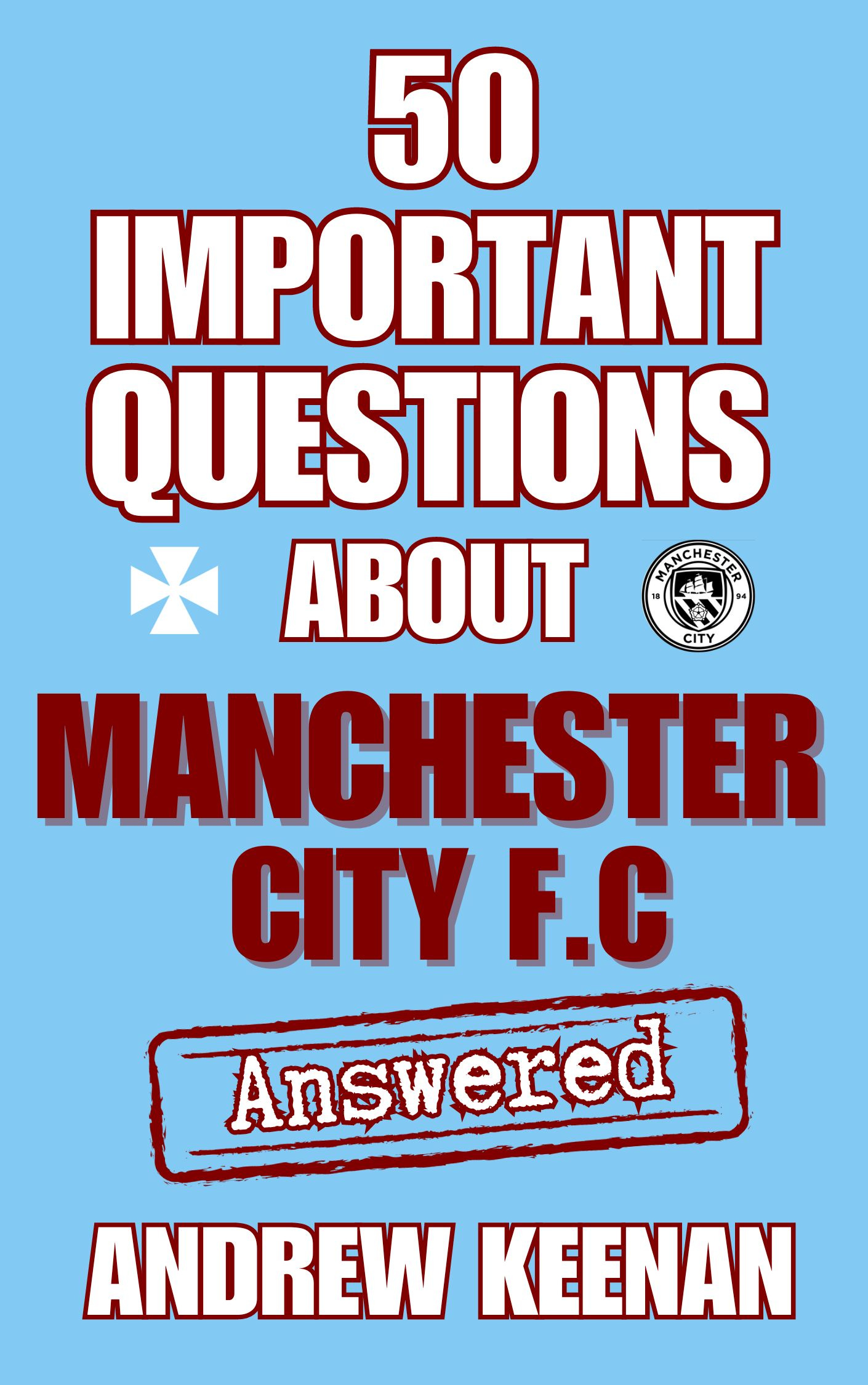A Brief History of City's Training Grounds
I was looking at this drone footage of the Ethiad Campus the other day.
Training grounds aren’t a subject that appear much in football history books. Which is a pity considering what an all-important role training plays in the game.
In City’s case, it’s uncanny how many times the quality of our training facilities has matched the level of success, or lack of it, of the team—and provided a good indicator of how well the club was being run.
The first mention of a City training ground I’ve found is from October 1904, when it was announced that the club had ‘leased the whole of the Mabfield Field’ in Fallowfield. City had won the FA Cup the previous season, and finished runners-up in the League. So the new training ground, which included two turfed pitches and a pavilion, was another signal of intent by the club’s ambitious directors.
It’s not clear how long City stayed there, but by the 1950s the club didn’t have a training ground of any description. According to a 1951 feature in Picture Post, training mainly consisted of laps round the Maine Road pitch, volleyball in the tunnel and head tennis on the Platt Lane car park.
Not surprisingly, this was a dismal period for City on the pitch.
The appointment of Walter Smith as chairman in 1954 changed all that (see this story). In his two seasons in charge, City reached two FA Cup finals. By the time we won the second of them, City had finally acquired a training ground.
However, by the time Joe Mercer and Malcolm Allison arrived in 1965, the club were once again without a training ground. It wasn’t until the early 1970s that a new one in Cheadle was secured, a fact that makes Mercer and Allison’s achievements during this period all the more greater.
Ambitious plans to expand the Cheadle site—which would have included undersoil heating—were drawn up by chairman Eric Alexander in 1973. But they didn’t survive his replacement as chairman by Peter Swales that year.
By the 1990s the state of City’s Platt Lane training facilities—acquired in 1976 as a supplement to the Cheadle site—were a perfect illustration of the decay that had set in at the club during Swales’ chairmanship.
According to Paul Lake’s autobiograhy, I'm Not Really Here,
'Our concentration on the training pitch wasn't helped by the fact that Platt Lane was a meeting point for a noisy troupe of local winos who, when they weren't bothering passers-by in Moss Side, lurched down to our HQ to hassle us instead. They often congregated behind the mesh perimeter fence and spewed out a torrent of abuse as we ran out each morning.
'Yer all f***in' wankers, the lot of yer,' was probably as polite as it got.’
The situation hadn’t improved by the time Shaun Goater arrived in 1997. He recalled:
'I had left a team where everyone was buzzing and full of confidence and joined a group of players who had no confidence whatsoever. Bristol City were heading towards promotion while Manchester City were in with a real chance of going down. Within a week of arriving at Maine Road all my confidence had evaporated, and that was mainly down to training at Platt Lane.
Because it was so accessible, adjacent to two roads with see-through fences, people would pull up in their cars and holler abuse at the squad. 'You're rubbish - you're not fit to wear the shirt', and suchlike. They either picked on individuals, or just had a general rant against the team. It was a dire situation for a team that was in need of encouragement. I became immersed in all the negativity.’
The move to the new Carrington training ground in 1999 once again coincided with an upturn in the club’s fortunes. But the failure to upgrade those facilities in line with other clubs was also a sign of where the club was heading.
And while the signing of Robiniho in 2008 was seen by many as a statement of intent by City’s new owner, it was the later announcement of a new £200million training ground that really signalled the club’s ambitions.
My new book, 50 Important Questions About Manchester City F.C Answered, is now available on Amazon here, priced £12.95.
I do want to keep this Substack free to read. So if you like my work, buying my books is a great way of supporting it. Plus, I think you’ll really enjoy this one.
I hope it will provide the answers you’re looking for.
On Mondays, paid subscribers will receive an exclusive weekly story in their inbox. These will reveal some of the dodgy things I’ve experienced while working in national newspapers (and believe me, some of them are really dodgy). I’ll also be sharing some of the things I’ve discovered about City’s past that are best not posted publicly.
Each month there will be two other stories only available to paid subscribers.
You can subscribe for free, or upgrade to a paid subscription, by clicking the button below.
Or if you want to help out with a one-off donation you can Buy Me A Coffee.





